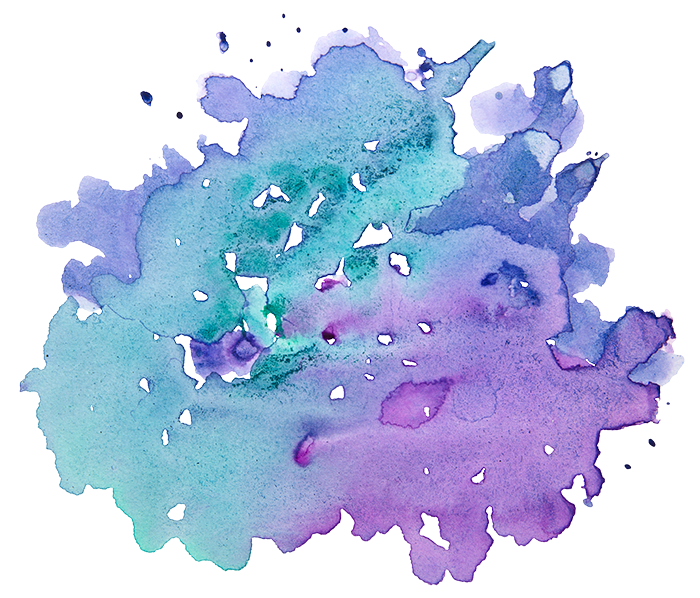by Nate Vaughan
 Last year, around this time, I immersed at Mayyim Hayyim for the first time, in preparation for Rosh Hashanah. Ever since I first heard about Mayyim Hayyim, I’ve listened to many people speak about their immersion experiences. In part, those stories led me to immerse. But this isn’t a story about the incredibly meaningful mikveh experience I had at Mayyim Hayyim. Rather, it’s a note of appreciation for the opportunity to explore a side of Jewish life I never thought I’d experience in this particular setting.
Last year, around this time, I immersed at Mayyim Hayyim for the first time, in preparation for Rosh Hashanah. Ever since I first heard about Mayyim Hayyim, I’ve listened to many people speak about their immersion experiences. In part, those stories led me to immerse. But this isn’t a story about the incredibly meaningful mikveh experience I had at Mayyim Hayyim. Rather, it’s a note of appreciation for the opportunity to explore a side of Jewish life I never thought I’d experience in this particular setting.
Since I first learned about ritual immersion in Hebrew school, I’d liked the idea of mikveh. The idea of submerging in water as a form of spiritual cleansing seemed both ancient and approachable. Later, as a Jewish outdoor educator, I found that mikveh was a unique way to engage children in the natural world through a Jewish lens. After all, what’s better after a long hike than immersing in a cold stream?
Yet, with all these positive connections to the ritual, immersion was never something I’d considered for my own practice. I’d seen plenty of urban, synagogue mikvehs–small pits in the basement that were generally used by women and otherwise kept locked. The ritual in those environments was devoid of all meaning for me. How could immersion in a grimy, tile-lined pool, in a dark basement room, compare to immersing in a cold, mountain stream after a long, contemplative hike? I honestly think I like mikveh and hiking for the same reason. One is about water and one about dirt, but both are about grounding yourself in the natural world.
As a nature lover, I know that setting is cruci al. The Mayyim Hayyim building completely contradicts what I imagined all mikvehs looked like. With its wood trim, natural light, and warm pools, the building architecture channels the ancient, elemental nature of mikveh more effectively than any synagogue basement mikveh ever could. It is amazing that a nondescript house in Newton, MA could contain the same sense of peace and serenity that I usually only find in nature.
al. The Mayyim Hayyim building completely contradicts what I imagined all mikvehs looked like. With its wood trim, natural light, and warm pools, the building architecture channels the ancient, elemental nature of mikveh more effectively than any synagogue basement mikveh ever could. It is amazing that a nondescript house in Newton, MA could contain the same sense of peace and serenity that I usually only find in nature.
As the New Year rolls around again, I’ve realized that I have not yet made an immersion appointment. Maybe I’ll immerse after the holidays, maybe not. My connection to mikveh doesn’t revolve around the Jewish calendar, but around my need to feel connected to the natural elements of our world. In February, when the skies are gray and hiking isn’t an option, it’s nice to know I can ground myself in water just as effectively at Mayyim Hayyim.
So this is my note of thanks to Mayyim Hayyim: for existing, for helping reclaim an ancient Jewish ritual, and for helping me feel connected to the earth in urban America.
With that I invite you to welcome in the Jewish New Year with your own sense of serenity at Mayyim Hayyim. Click here to schedule your immersion today.
Shanah tova u’metuka (Have a happy and sweet New Year).
Nathan J. Vaughan is a Jewish educator and research scientist originally from southern Kentucky. He is a fan of bourbon, bluegrass, and basketball and is an advocate for inclusion and accessibility in American Jewish life. Nate works as a consultant, helping Jewish organizations collect and analyze data to inform strategy and operations.

